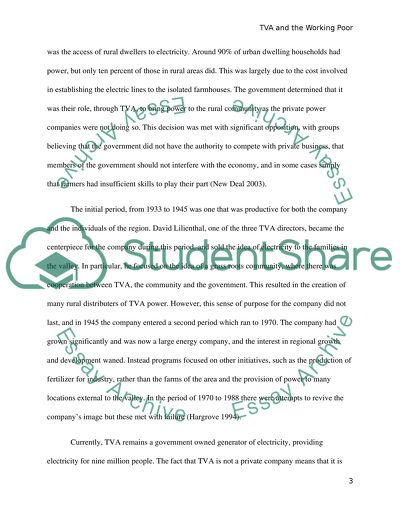Cite this document
(“Effect of the TVA on the Working Poor of the Tennesee River Research Paper”, n.d.)
Retrieved from https://studentshare.org/sociology/1431624-effect-of-the-tva-on-the-working-poor-of-the
Retrieved from https://studentshare.org/sociology/1431624-effect-of-the-tva-on-the-working-poor-of-the
(Effect of the TVA on the Working Poor of the Tennesee River Research Paper)
https://studentshare.org/sociology/1431624-effect-of-the-tva-on-the-working-poor-of-the.
https://studentshare.org/sociology/1431624-effect-of-the-tva-on-the-working-poor-of-the.
“Effect of the TVA on the Working Poor of the Tennesee River Research Paper”, n.d. https://studentshare.org/sociology/1431624-effect-of-the-tva-on-the-working-poor-of-the.


